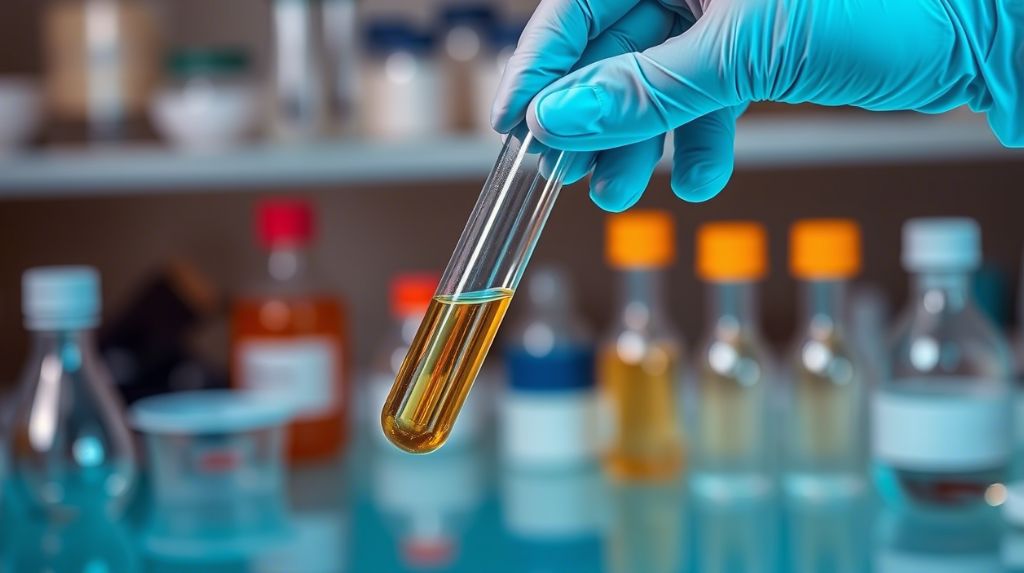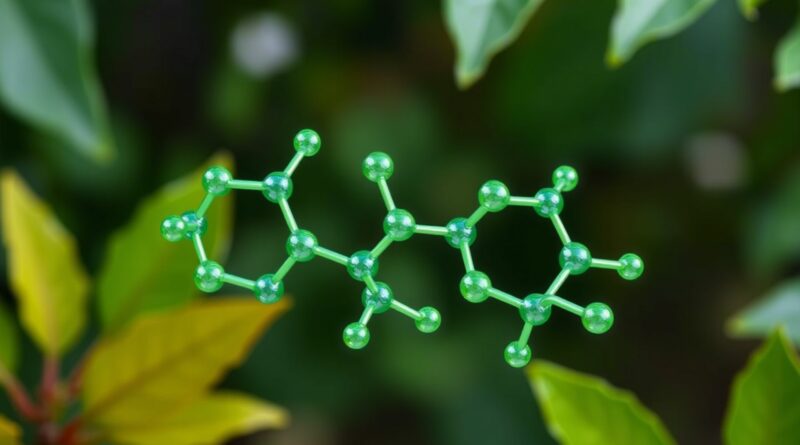Revolutionizing Agriculture: Kiara Nirghin’s Biodegradable Polymer
In a world grappling with the challenges of climate change and water scarcity, young innovators like Kiara Nirghin are leading the charge to create sustainable solutions. At just 16 years old, Nirghin made headlines when she won the Google Science Fair Community Impact Award for her groundbreaking invention: a biodegradable superabsorbent polymer designed to combat drought and improve crop yields.
A Simple Solution to a Complex Problem
Inspired by the devastating droughts that have plagued her home country of South Africa, Nirghin set out to find a way to help farmers conserve water while maintaining healthy crops. Her solution? Turning waste into wealth. By utilizing discarded orange peels and avocado skins—materials rich in polysaccharides and pectin—she created a polymer capable of absorbing up to 300 times its weight in water. This remarkable material acts as a reservoir for crops, storing water during rainy periods and gradually releasing it during dry spells.
Environmental and Economic Benefits

What sets Nirghin’s polymer apart from other water retention technologies is its eco-friendly nature. Unlike traditional superabsorbent polymers, which are often derived from petroleum-based products and can take centuries to degrade, Nirghin’s creation is fully biodegradable. This means it breaks down naturally without harming the environment, making it an ideal choice for sustainable agriculture.
Moreover, the use of agricultural waste as raw materials makes the polymer cost-effective, a crucial factor for farmers in developing countries who often struggle with limited resources. By repurposing waste that would otherwise end up in landfills, Nirghin’s invention not only addresses water scarcity but also contributes to waste management efforts.
Global Recognition and Future Potential
Nirghin’s achievement at the Google Science Fair brought her invention to the attention of scientists, policymakers, and environmentalists around the world. Her work has been hailed as a model for how young people can drive innovation and contribute to solving some of the planet’s most pressing issues. Experts believe that her polymer has the potential to revolutionize agriculture, particularly in regions where water scarcity poses a significant threat to food security.
Looking ahead, Nirghin hopes to refine her technology and explore new applications. She envisions a future where her polymer can be used not only in agriculture but also in disaster relief efforts, providing a reliable source of water in emergency situations. With continued support and collaboration, her vision could become a reality, offering hope to millions of people facing the challenges of a changing climate.
Inspiring a New Generation
Kiara Nirghin’s story is a testament to the power of creativity, determination, and a commitment to sustainability. Her success serves as an inspiration to young innovators everywhere, proving that even the smallest ideas can have a profound impact on the world. As we continue to face the challenges of the 21st century, it is clear that solutions will come from unexpected places—and sometimes, from the minds of those who dare to dream big.



